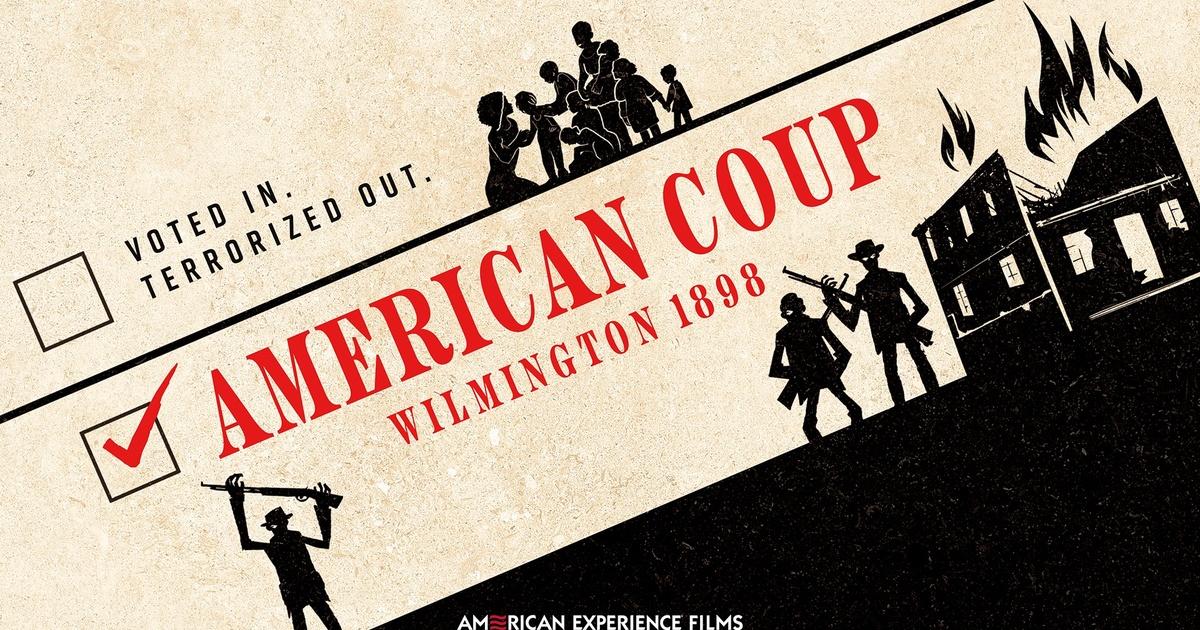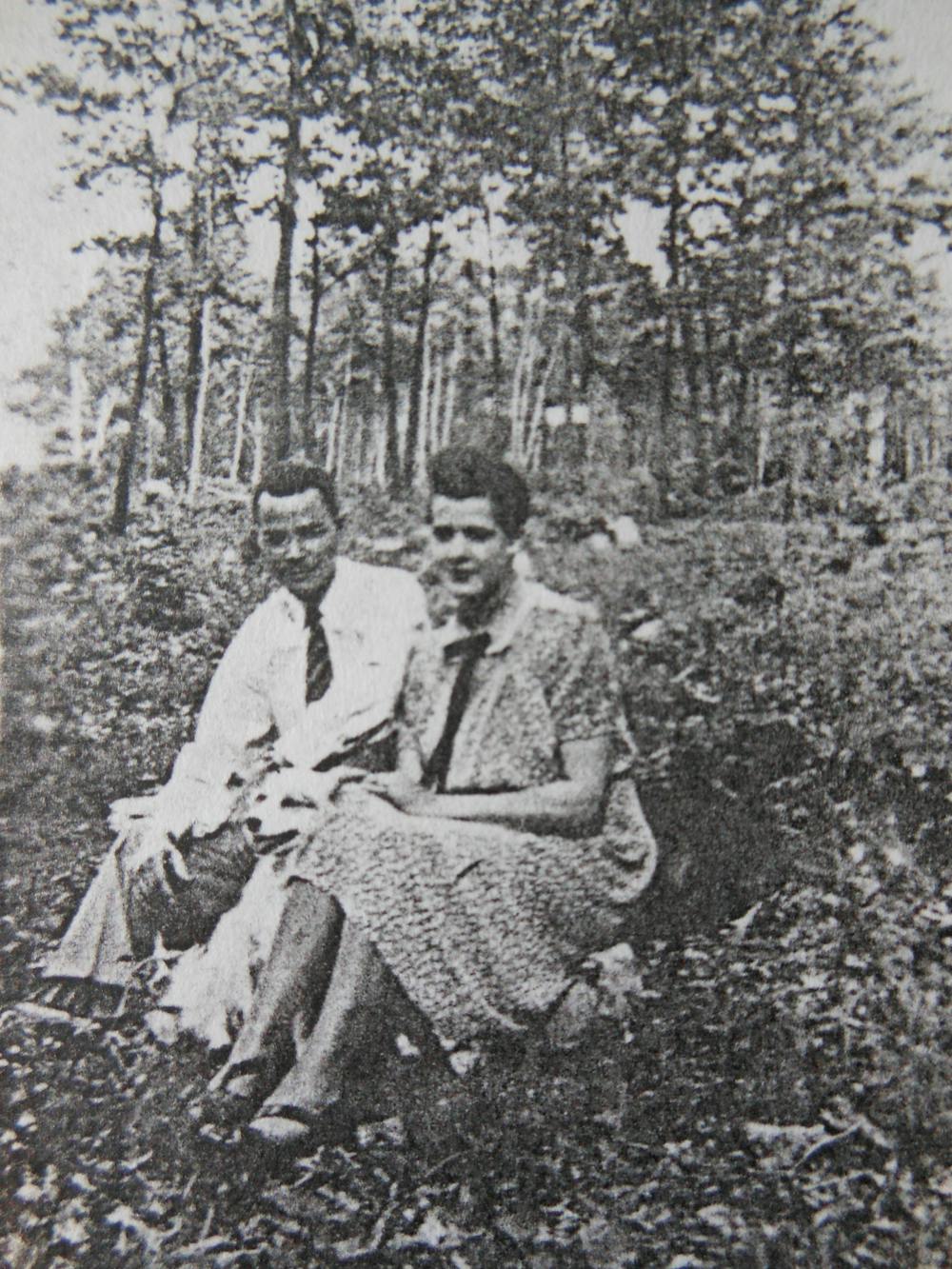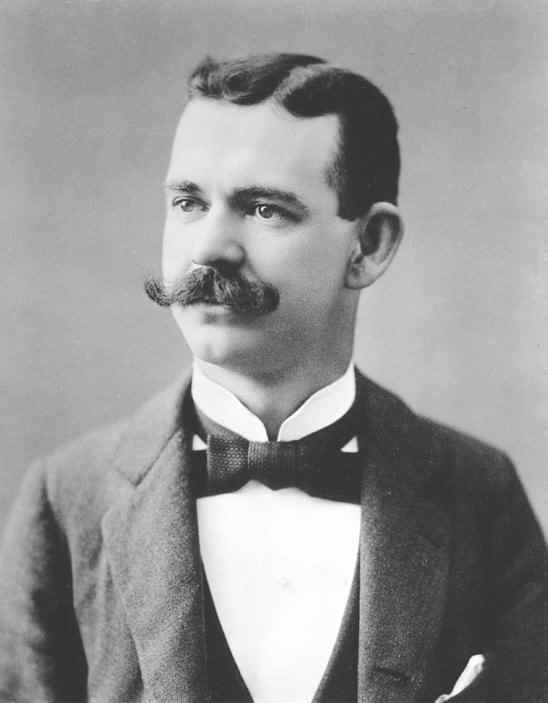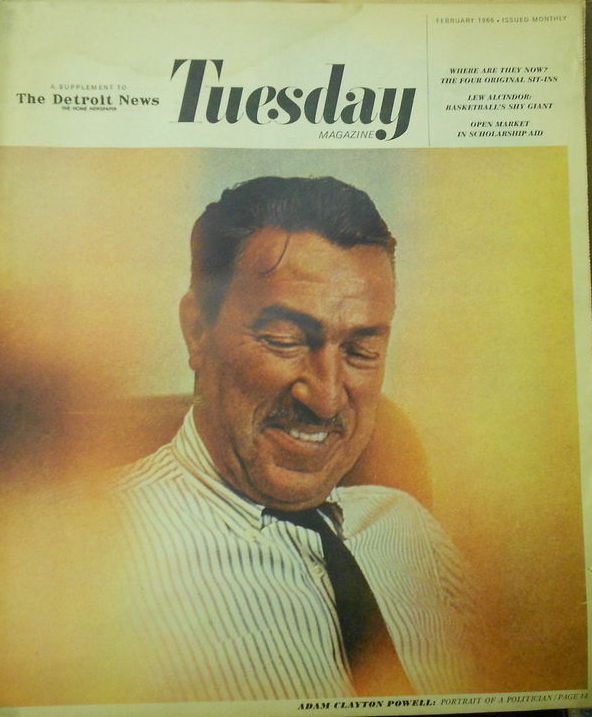Been wanting to do this post for awhile to address a long standing rumor that the founders of
Sears and Roebuck were black. It was trending on social media a few months back and it's interesting to see how the rumor has taken a life of its own.
No one seems to know where the rumor started.
However, I do.
The rumor surrounded founder Alvah Roebuck.
Where and why did the rumor start?
The rumor started circulating around the black community on the South and West sides of Chicago after it was insinuated that one of its black establishment families was related to the Roebucks.
Apparently, the genesis of this family was due to a rape committed by one of the white Roebucks.
Midian and Maudelle Tanner Bousfield had a daughter by the name of Maudelle Brown Bousfield Evans.
Maudelle was married to a man named W. Leonard Evans whose family was at the center of the claims.
His family history was spotlighted in a book a white sociologist wrote about established black families on the South Side of Chicago in the 70's.
Here are two snippets from that book.
South and West side community members would attest to seeing members of Leonard's very fair white passing family, who lived in their all black segregated neighborhoods, being visited by white Roebucks who would show up in limos.
This is just one example that was brought up at the Martha's Vineyard Film Festival discussion on the movie Passing.
*discussion starts at 7:45min
It just so happened (not really) that Leonard's niece sings in our church's choir and she confirmed that they are, in fact, Roebucks and even many of their black family members carry the Roebuck name. So I asked her why the air of mystery with respect to her family's entry in the above book and she said her family would never divulge the truth to anyone white.
She said the rumor started about Alvah Roebuck because South and West side blacks saw the passable black Roebuck members in their neighborhoods and speculated whether Alvah himself was passing. But she confessed that he wasn't. He was actually white but was acutely aware of his black relatives in the city which contributed to the Sears & Roebuck outreach in the black community.
So there you have it.
Leonard and Maudelle were the first blacks to move into Chicago's Gold Coast neighborhood in the 60's and Leonard's niece claimed that the white Roebucks helped facilitate the purchase of their grand duplex condo in Chicago's Hancock Building.



 paywall: https://archive.ph/hJ7mx
paywall: https://archive.ph/hJ7mx
























